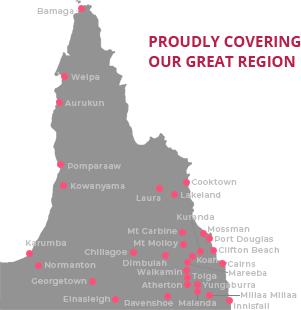On The Land
17 May, 2025
Varroa mite impacts on Australian pollinators
POTENTIAL declines in bee populations due to varroa mite infestation could jeopardise Australian horticultural production, a recent report has warned.

Agribusiness banking specialist Rabobank said the parasitic varroa mite, which attacks European honeybees, was detected in Australia in 2022 in New South Wales and has since been deemed ineradicable.
“The Australian government considers the varroa mite one of the greatest threats to honeybee-pollinated horticulture in the country,” the report said.
Released last week, “How varroa mites might impact Australian pollinators”, said the threat comes at a time when demand growth for pollination is outpacing growth in beehive numbers.
Report author, RaboResearch general manager Australia and New Zealand Stefan Vogel said many horticultural crops depend on pollinators.
“While not all require European honeybees, several key industries already face high demand for these pollinators, and this demand is expected to increase. For example, European honeybees are essential for the almond, mango and macadamia sectors,” he said.
Hive demand in Australia had tripled since 1990 to meet the strong growth in horticulture pollinator needs, however, the number of commercially managed hives had barely grown.
“Over the past three decades, the number of hives in Australia has remained relatively stagnant,” Mr Vogel said.
While some hive growth had occurred before the 2022 varroa mite outbreak, mostly in recreational beekeeping, it fell short of the projected demand for pollinators in Australia, according to the report modelling.
The report had also reviewed scenarios in other countries impacted by the varroa mites, including Canada, New Zealand and the United States.
These scenarios indicated an Australian pollinator supply shortfall within three to five years due to the combined effects of the modelled varroa mite hive reduction and the strong growth of horticulture acreage.
Mr Vogel said tight beekeeper margins might also pose future pollinator challenges.
“Increased beekeeping costs, due to varroa mite measures and inflated inputs like energy and labour costs, combined with continued pressure on honey prices from heavy import competition, could potentially drive-up pollination service fees to counter a heavy reduction in hive numbers,” he said.
The report noted proactive strategies to counter the shortfall could include increasing beehive numbers, facilitating inter-state bee movement, adopting alternative pollinator strategies, such as using technologies like drones or robotics, and improving biodiversity.


